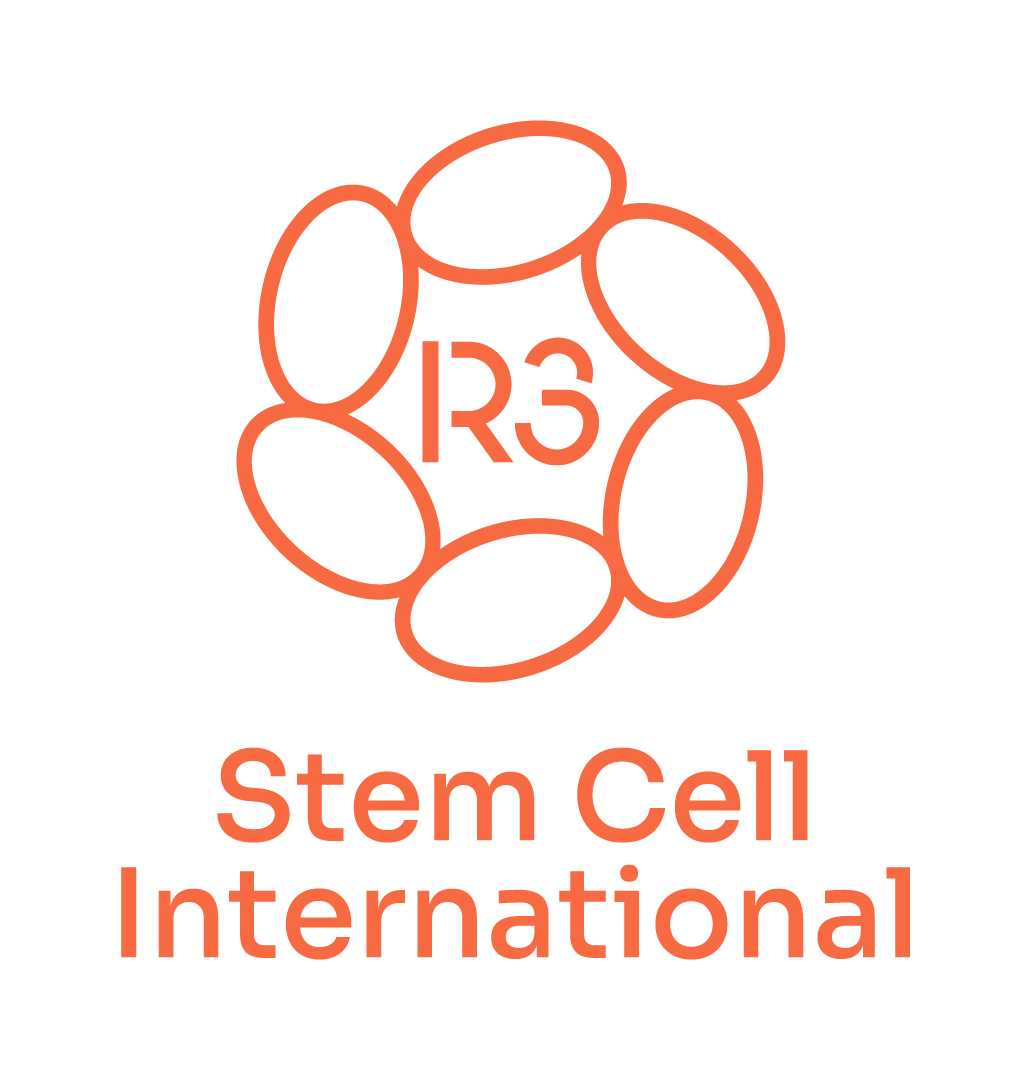Fat Derived Stem Cell Injections
FAQs on Adipose Derived Stem Cell Therapy
Adipose stem cells may be used in stem cell therapy. At R3 Stem Cell we have found that adipose derived stem cells are effective in certain types of therapy. If you have questions concerning adipose stem cells and their use, please review our FAQs below.
What are adipose stem cells?
Adipose tissue stem cells are those cells that are collected from fat through the process of liposuction. Like stem cells harvested from bone marrow, adipose stem cells can differentiate into bone, fat, and cartilage.
What is the difference between adipose stem cells and bone marrow stem cells?
As noted, adipose stem cells are harvested from fat while bone marrow stem cells are derived from the patient’s marrow, however, there are many other differences that separate one type of stem cell from the other. Adipose stem cells are ten times larger, more concentrated, and multiply more quickly than bone marrow stem cells. Because they are more concentrated than those stem cells found in bone marrow, more adipose stem cells may be harvested during a procedure.
Are there advantages to using adipose stem cells?
It’s been found that their ability to multiple quickly can help hasten the healing process. These cells can greatly strengthen the area on which they are focused. However, it is important to understand that adipose stem cells and bone marrow stem cells do contain different structures, which means they have different applications.
When are adipose stem cells most effective?
It has been found that due to their structure that adipose stem cells are most effective when they are used in instances when there is damage to the skin. Thus, surface wound injuries can benefit greatly from adipose stem cell therapy. On the other hand, bone marrow stems cells are used to repair ligament, tendon, joint, and bone damage.
Are there disadvantages to using adipose stem cells?
A major concern regarding adipose stem cells pertains to the method of harvesting. Of course, stem cells are taken from the person who will be treated with them. Adipose tissue stem cells are collected through liposuction, while bone marrow stem cells are taken through the process of aspiration.
Patients who underwent liposuction in order to donate cells had a complication rate of 8.6%, while those who underwent the process of bone marrow aspiration experienced no complications. Thus, many doctors prefer cells captured through aspiration since the process is so much safer. Additionally, liposuction can involve a recovery time of numerous weeks, while aspiration has virtually no recovery time associated with it.
What is the best way to proceed with adipose stem cell therapy?
It’s important to first make sure that adipose stem cell therapy is the correct choice for your specific condition. This is essential as the primary factor in determining which type of cell is better for treating certain injuries and problems is the structure of the cell itself. What has been found is that it’s best to use stem cells that mimic or can recreate the same structure of those cells being repaired.
Once it has been determined that adipose stem cells are the best choice, then make sure that those who are involved in the procedure should be experienced and knowledgeable regarding the entire process, including monitoring the extended recovery period associated with the harvesting of adipose stem cells.
If you are seeking help through stem cell therapy, you will want to know which method of harvesting will be used. The choice of method can affect your recovery time and complication rate, the effectiveness of the therapy, and the potency of the stem cell injection.
Currently, R3 Stem Cell is offering adipose derived stem cell injections, if you are interested in this particular treatment, Contact Us and we will get you scheduled!
